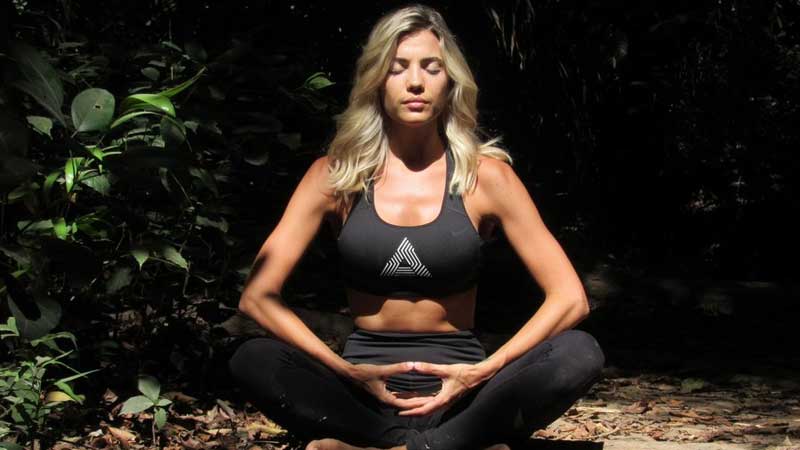What is Qigong meditation?
Giving you a first approach to this question, we can say that, when your body, mind and breath are united, in a state of contemplation, you are practicing Qigong meditation.
Traditional meditation and Qigong meditation
Traditional meditation is the stillness in the stillness. The pure state of no thoughts or attachments. The common way to practice is in a sitting posture. This practice allows you to discipline the “monkey mind” exploring other patterns of this reality, without forcing the process or finding results. Basically, it’s about emptiness.
Qigong meditation depending on the qualities of the practice, can consider the same patterns of “traditional meditation”, but here we are talking about the movement in the stillness and the stillness in the movement in order to promote the cultivation of Qi or energy life force. So the direction or priority of the practice is different. This type of training is called Nei gong. Nei means “internal” and “gong” is the skills that you attain through effort in the practice.
Both practices show differences and similarities, even in “traditional meditation” the Qi flow in a pure state. However, broadly speaking we can say that each practice provides tools to the practitioner. It will depend on the purpose of each one of you. Both will bring you closer to Zen.
Principles of Qigong Meditation
Qigong as a meditation practice happens …when you are flowing in a deep layer of awareness. That means, you are not thinking; you are not in the past, you are not in the future, you are not inside, you are not outside….just you are. So it will be important to assimilate some Qigong foundation skills before, in order to attain principles and qualities. Qigong meditation it’s not a technique. ¡Just happen!.
Modalities of Qigong meditation
Basically, there are 3 modalities of Qigong practice:
- Standing Qigong.
- Dynamic Qigong.
- Sitting Qigong.
In all of them you can attain Qigong meditation.
Levels of Qigong meditation
The capacity to be connected with your body, mind and Qi have different layers of awareness, mindfulness and emptiness. Even though beginners are able to experience a very nice sensation of inner peace and clarity. Just focusing on posture / simple movement or breathing is enough to plant the first seed.
Qigong meditation for beginners
In my daily experience with students who want to understand more about this topic, I always advise that in the Qigong path it’s impossible to make shortcuts. Everything decants from a committed practice. This means, you should have patience and keep going with the guidance of the teacher. Anyway, I would like to share 3 fundamentals tips that I hope you will incorporate into your Qigong routines.
- “Standing Qigong” should be the starting point as a way of developing a solid foundation. From there, take some time to observe what’s going on inside your body. Structure, alignment. Try to find your physical center.
- After some physical patterns, focus on your breathing. Observe the quality of your inhalation and exhalation. Without forcing, just observing.
- Keep your awareness inside.Take some time to feel and release the unnecessary tension. This means, letting go of the “ tension” that you don’t need to keep at that position or movement.
Aknanda Qigong Method, strong roots in meditation
In Aknanda Academy, we emphasize our training (classes, courses, retreats or teacher training) in the healing aspect. The method provides body and mind health. In other words, balance. For this purpose, the practitioner received instruments, tools, and knowledge that come from the traditional chinese medicine, buddhism and Daoism, in order to dispose of your whole being in a more harmonious and efficient way. Meditation is absolutely about harmony and wellbeing.

